Reported on the Baltimore Sun’s B’More Green blog, “Consumer products such as toothpaste and cosmetic scrubs containing tiny plastic “microbeads” could be banned from store shelves in Maryland after 2018 under a bill unanimously approved Thursday by the state Senate”. These means that if the bill passes the House, “Maryland will be the second state after Illinois to order a phase-out of the manufacture or sale of consumer products containing the beads”.
What is a microbead? It’s a tiny particle of plastic that never break down. What’s incredibly harmful is that they are being drained into local streams, creeks, rivers, lakes, and ocean and affecting our waterways. There are over 50 products on the shelves in the US that contain harmful microbeads! Find a list of products sold in the United States that contain microbeads (i.e., polythene) here.
Here is some alarming information on the microbeads, marine debris, and our ocean trash in general.
- A single tube of facial cleanser can contain over 3000,000 microbeads.
- More than 450,000 microbeads per square kilometer were found in some parts of Lake Erie.
- In the ocean there are approximately 5.25 trillion plastic particles.
- For every foot of coastline there is approximately five grocery bags filled with plastic, according to estimates in 2010.
- Six continents have microfibers washing up on their shores.
- Shores near sewage treatment plants have the highest concentration of microfibers washing up.
- Nearly 275 million tons of plastic waste was generated by coastal countries in 2010 — and that 4.8 to 12.7 million tons of that plastic made its way to the oceans.
- Each year, 8.8 million tons of plastic goes into the oceans.
- The estimate for 2015 is 9.1 million metric tons.
- On average, Americans use 220 pounds of plastic per year.
- 17% of all marine animals impacted by manmade debris are threatened or near threatened.
- Trash will likely increase tenfold over the next decade.
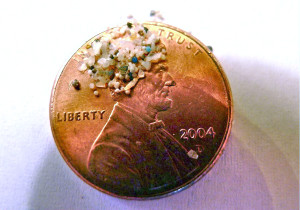

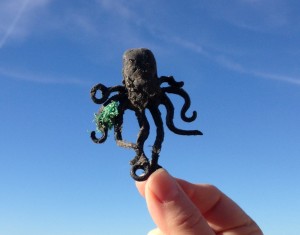
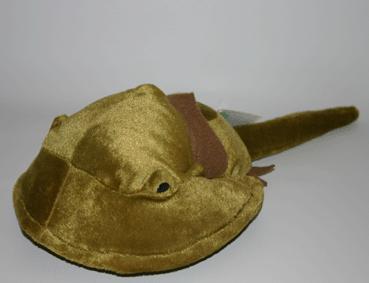
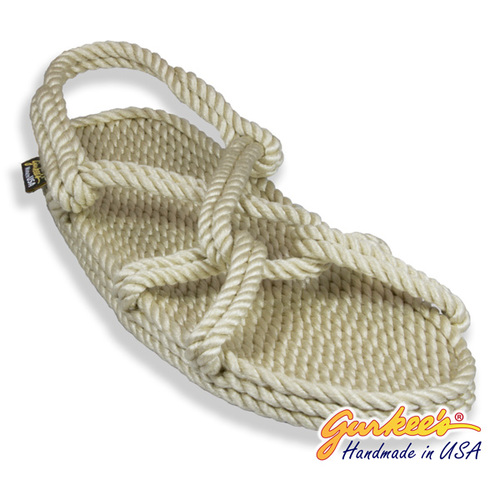


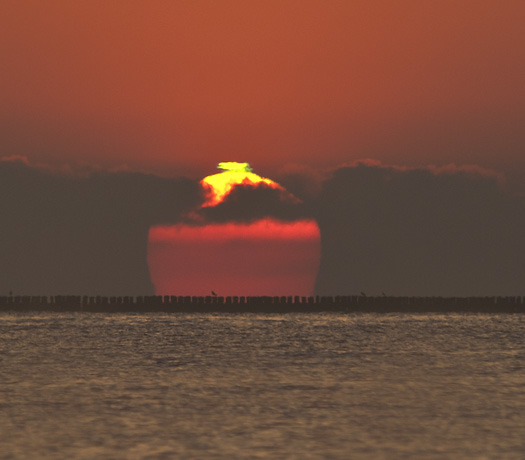

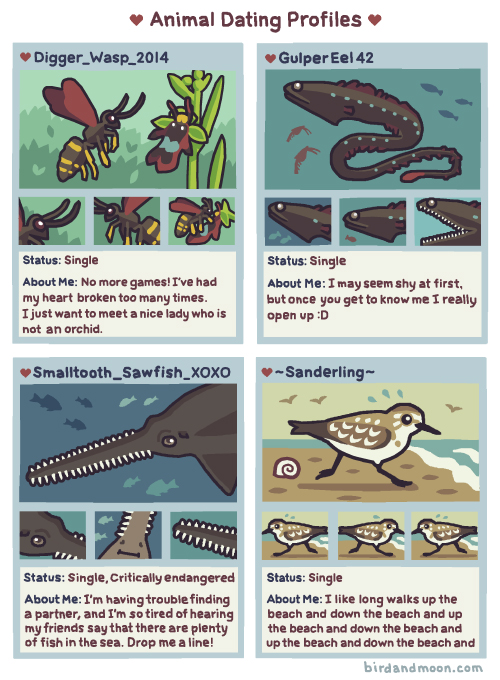
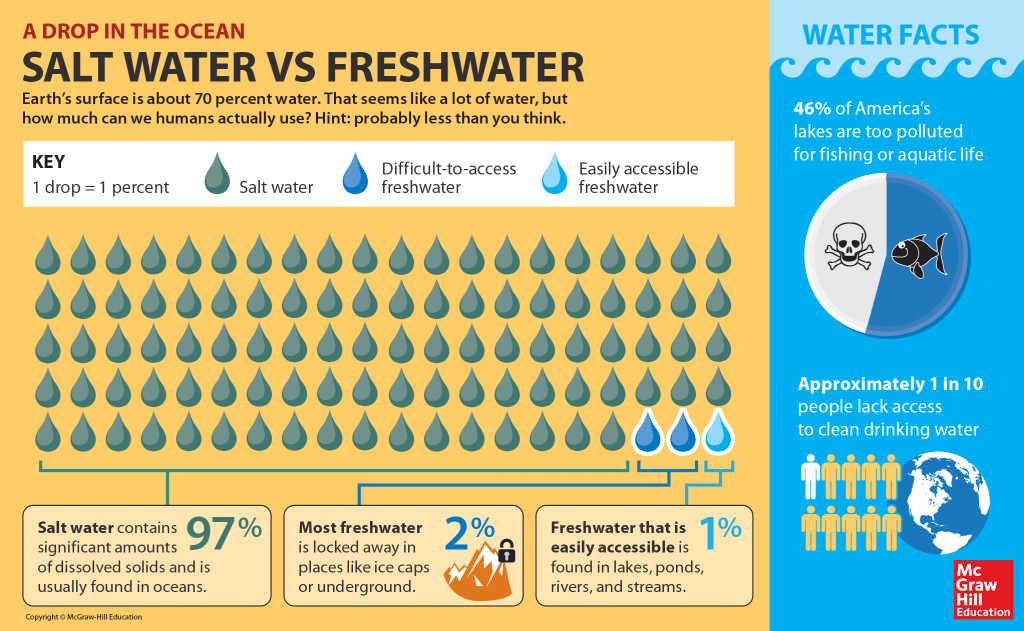
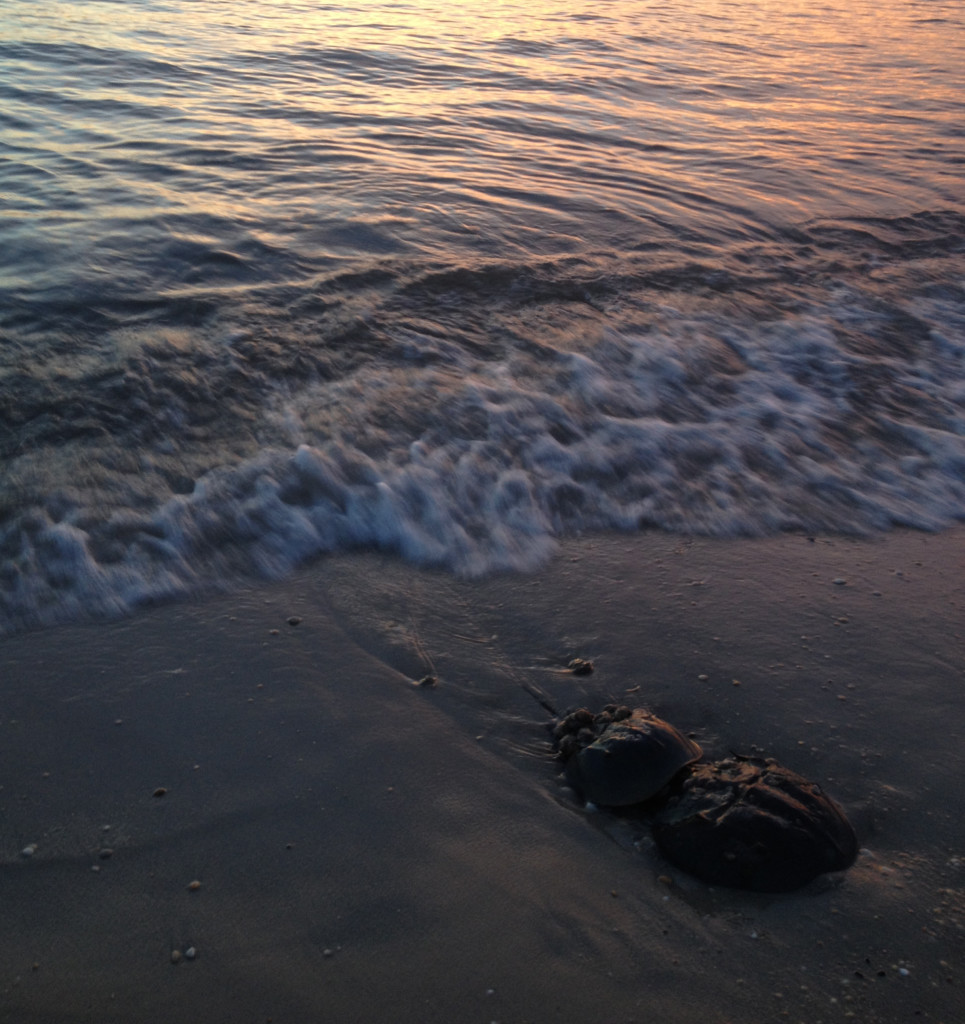
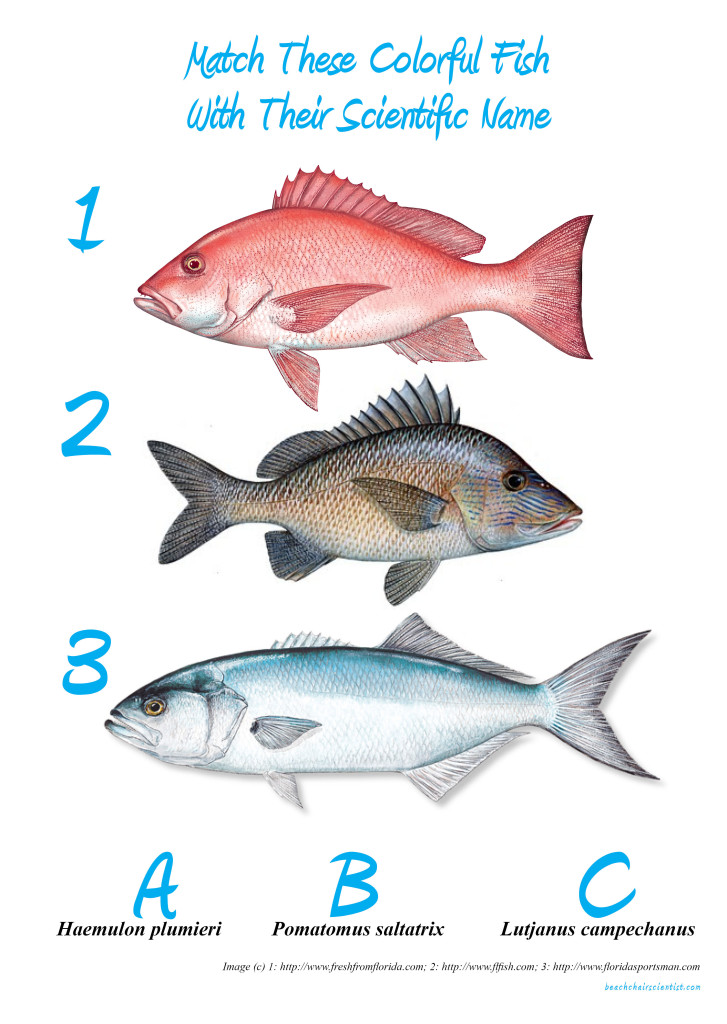







What people are saying …